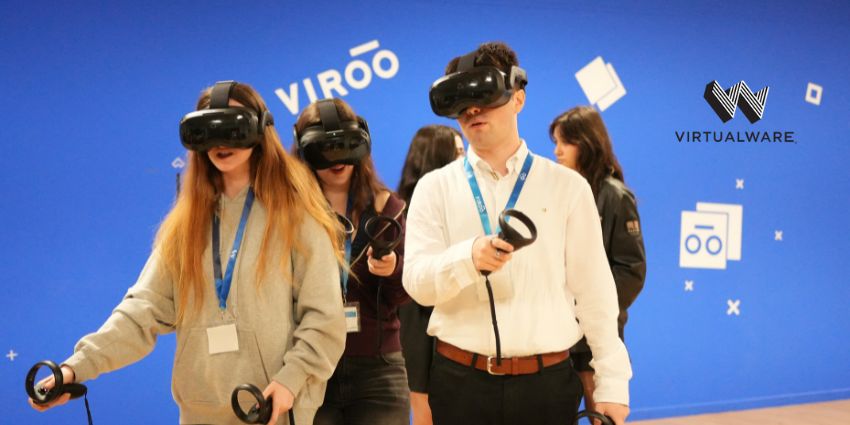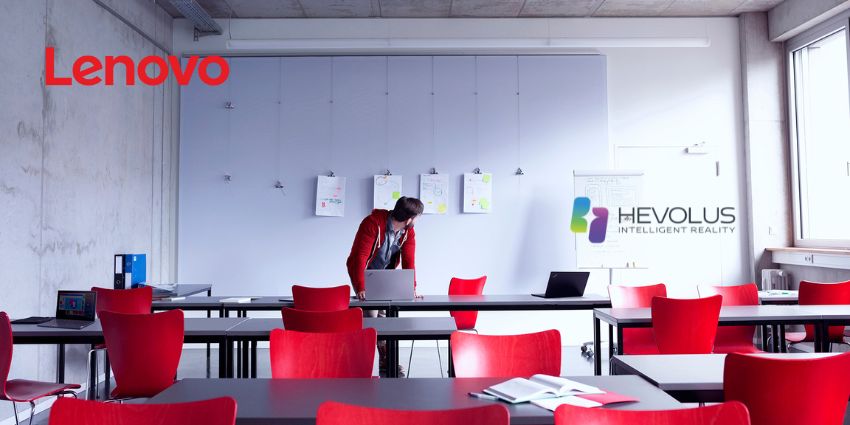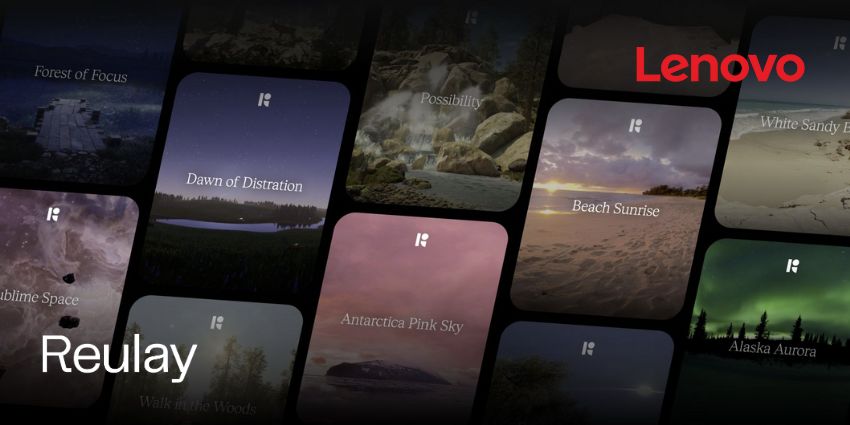Experts predict that the market for virtual reality will reach a value of $57.55 billion by 2027. Every year, the arrival of new technology and immersive experiences awaken the market to new ideas of what’s possible with virtual realities.
It’s not just the consumer market that’s taking advantage of either. Businesses are increasingly turning to virtual reality for better outcomes with collaboration, training, and product development. With a virtual reality solution, companies can build virtual meeting rooms where employees can get together to discuss projects and interact with resources in a digital space.
Virtual reality environments can create training scenarios that allow professionals to practice their responses to various scenarios without danger. However, before you can unlock that potential, you need a crucial piece of hardware – the right VR headset.
The Top VR Headsets for Businesses
Virtual headsets for the enterprise come in a variety of shapes, sizes, and prices. While there are options on the market that will cost several thousand dollars, there are also options in the $2-300 range. The amount you spend depends on the kind of features and functionality you need.
For instance, some VR devices come with a basic headset and set of controls to move your hands and interact with objects. Other solutions include an entire system that tracks every part of your body in real-time. The growing number of more affordable headsets in the market is making VR a more realistic opportunity for businesses of all sizes. It’s up to you to determine what functionality you need.
Some of the top options include:
The HTC Vive Pro
One of the leading enterprise headsets available, the HTC Vive Pro offers a high-resolution display that blocks out light from the surrounding world. It’s an excellent way to fully immerse yourself in a virtual experience, though it’s not cheap.
The price will set you back over $1000 if you want the full kit. On the plus side, you do get built-in headphones and an amazing 2880 x 1600 resolution. Although some businesses complain that the HTC Vive Pro is difficult to set up, this headset is well worth considering if graphical performance is important to you.
Precision eye-tracking and room-scale capabilities make for an impressive experience.
Valve Index
The Valve Index is a next-generation VR headset that appeals to a lot of gamers. One of the best features of this product is its extra-wide field of view. The crisp and clear display runs pretty well, even if you don’t have the best GPU – although a high-end investment is a good idea.
Although the Valve Index is one of the better VR headsets for gamers, it’s good for business users too. The wider field of view, a higher refresh rate, and the knuckle controllers that track the movement of all your fingers make for an excellent virtual world. There are a handful of features you might not use with this headset, due to its gaming nature – but it still has a lot to offer from an enterprise perspective. Since you have a higher refresh rate, you also get to use your headset for longer periods without any significant discomfort.
Oculus Quest 2
The Oculus Quest 2 is the next edition of one of the pioneering Facebook VR headsets on the market. This advanced all-in-one virtual reality headset doesn’t require a VR capable PC to get started. You don’t need to trip over any wires either or splash out for additional equipment requirements. Available in a variety of sizes to suit any business, this next-level hardware is a high-value purchase.
Costing only around $300, the Oculus Quest 2 is easy to set up and use. The immersive entertainment experience gives you an excellent display where you can catch every detail without a problem. Plus, you can connect an Oculus link cable to a PC to access computer software too. This product does sit pretty heavily on the face, however.
Varjo XR-2
If you’re looking for easily the most advanced VR on the market, then it’s hard to go wrong with the Varjo XR-2. This powerful mixed reality device is the perfect purchase for researchers, engineers, and designers taking advantage of new realities. The ultra-low latency and integrated eye tracking solutions are second to none.
The Varjo headset goes beyond virtual reality to provide a full mixed reality experience. Already, the company has attracted dozens of big-name businesses. Boeing uses this headset to train astronauts, while Kia motors rely on Varjo for building more impressive cars. The XR-2 comes with the human-eye resolution, a 20/20 eye tracker, and support for hundreds of applications.
Samsung HMD Odyssey
The Samsung mixed reality headset offers fantastic VR experiences for businesses of all sizes. Created with Windows technology, the Odyssey supports incredibly crisp visuals, with an excellent lightweight design that you can wear all day. The build quality and performance of the Samsung is surprisingly impressive when you consider how cheap the device can be – usually around $500.
You get a 1,440 x 1,600-pixel display with the Odyssey, and a decent refresh rate of between 90 and 60Hz. Although there are a few more advanced headsets out there, Samsung can offer an excellent entry-level solution for many smaller businesses.
Pico G2 4K
The Pico G2 4K virtual reality headset provides a state-of-the-art full 4K VR experience. Along with a sleek, stylish design and a fantastic 4K LCD display with 3840 x 2160 screen resolution visuals, the Pico G2 4K also features a handsfree control option that enables easy “look and choose” selection, giving the user full mobility as they explore virtual spaces.
While standard Pico G2 4K headsets are only available for use in VR environments, the Pico G2 4K Enterprise edition also features an external 1 RGB Camera that enables users to enter mixed reality environments, too.
How to Choose Your VR Headset
There are a lot of features to consider when you’re buying a VR headset for business. The common belief is that the more you spend, the better the experience will be. Although that is the case for some headsets, it’s worth remembering that VR technology is becoming a lot more affordable. You can get a very good experience without spending a fortune. Points to consider include:
- Resolution: Because you’re capturing a large field of view with a VR headset, you need a pretty high resolution. The greater the resolution, the more detailed and realistic the picture will appear.
- Comfort: Depending on how long you expect your employees to use your VR headsets, you’ll need to ensure that they’re pretty comfortable. A lightweight design that doesn’t press too heavily on the nose and face is a good idea.
- Software and setup: A good VR experience should be easy for your employees to tap into. Convenient setup processes allow for quicker adoption and take the extra stress off the shoulders of your IT experts.
Don’t forget to look at the information your VR system can capture from your employees too. Will it track their eye movements and pay attention to the way they move their hands and legs? How good is the VR headset at making people feel like they’re actually in the digital world?
There’s no one-size-fits-all for the perfect VR headset, but there are more options available today than ever before.







